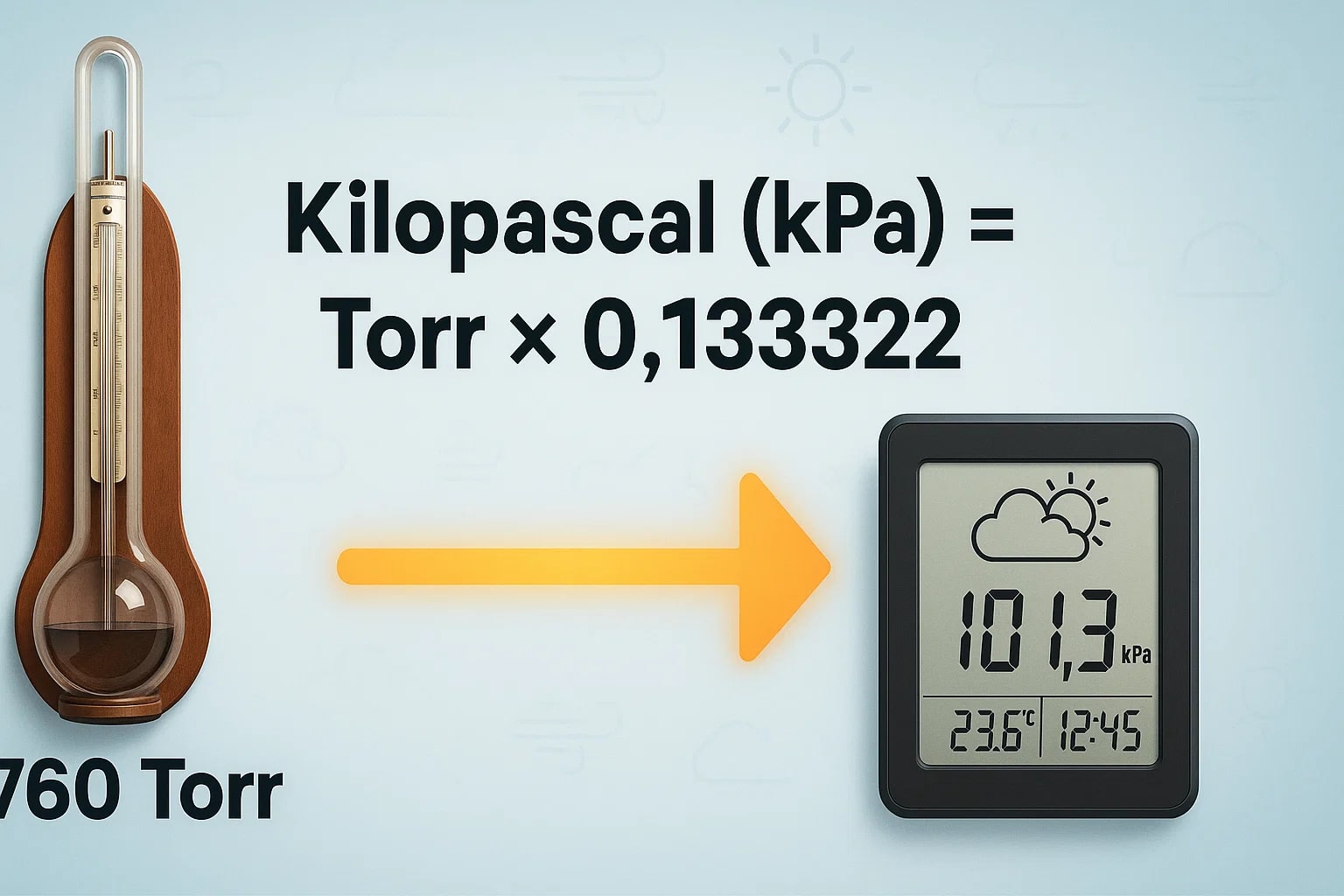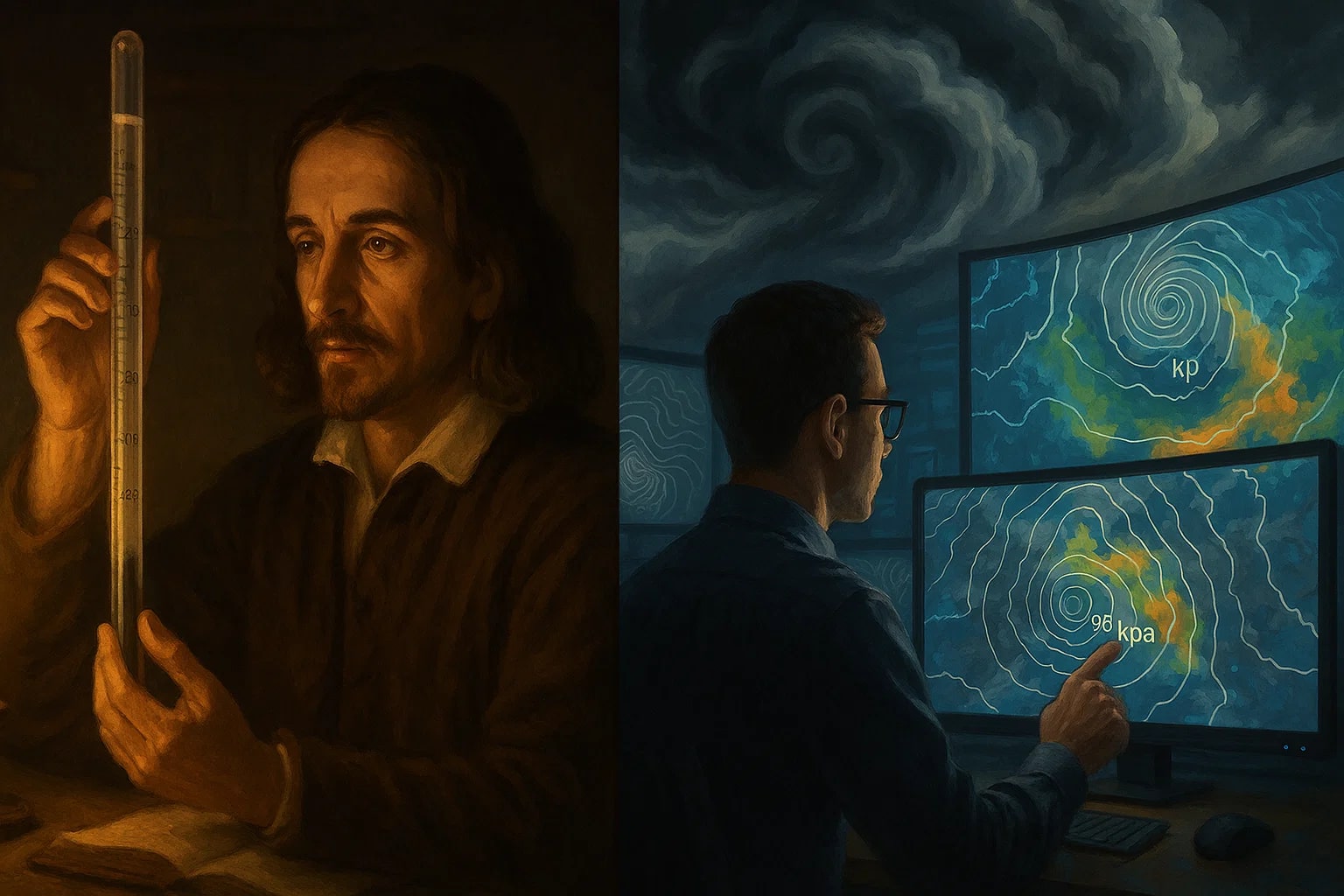torr to kilopascal – How to convert Torr to kPa
The torr is a traditional unit often used in vacuum science, plasma physics, and medicine, while the kilopascal (kPa) is a modern SI-derived unit found in weather forecasts, engineering, and healthcare. Converting torr to kilopascal allows scientific precision to align with international standards, ensuring clarity across fields.

What is a torr?
A torr is defined as 1/760 of an atmosphere, approximately equal to 133.322 pascals. It is named after Evangelista Torricelli, the inventor of the barometer, and is still common in laboratories.
What is a kilopascal (kPa)?
A kilopascal equals 1,000 pascals. It’s a practical SI unit widely used in meteorology, engineering, and medicine. Standard atmospheric pressure at sea level is about 101.3 kPa.
How to convert torr to kilopascal
Kilopascal (kPa) = Torr × 0.133322
Example:
Kilopascal = 760 Torr × 0.133322 = 101.3 kPa
For quick results, try the Conversion Tools. Other helpful calculators like the Speed Converter are also available.
Do you know?
-
About torr: In medical applications, blood oxygen levels are often reported in Torr. A healthy arterial oxygen pressure is about 100 Torr.
-
About kilopascal: Weather reports in Canada use kilopascals instead of millibars. A storm system might be described as having a central pressure of 98 kPa.
From Torricelli to Modern Forecasts
The torr dates back to the 17th century, when Torricelli’s mercury barometer changed how we measured atmospheric pressure. For centuries, meteorologists relied on Torr-based values. But with the rise of the SI system, kilopascals became the international standard.
During the transition, weather services published data in both Torr and kPa, helping scientists and the public adapt. Today, researchers still use Torr in vacuum labs, but kilopascals dominate in global forecasting and engineering. This conversion makes it possible for both traditions to coexist.

Precision That Connects Past and Present
The formula is simple: multiply Torr by 0.133322. Yet converting torr to kilopascal does more than simplify numbers — it connects centuries-old scientific discovery with today’s international standards. From Torricelli’s glass tubes to modern weather satellites, this conversion ensures pressure data remains consistent and meaningful across time and disciplines.

